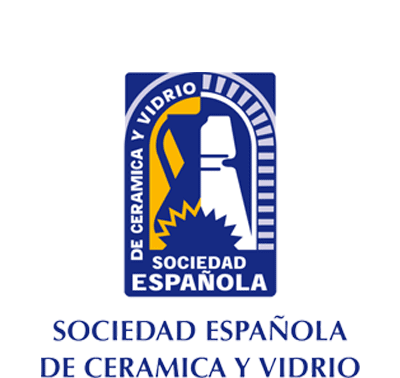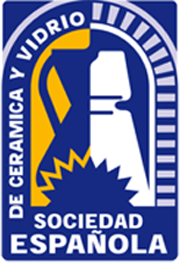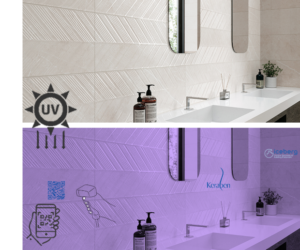05 Oct Innovative solutions based on circular economy for new ceramic materials from construction and demolition waste
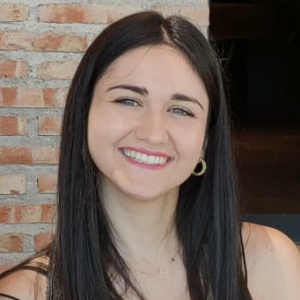
Author
SONIA MARÍN CORTÉS – Instituto de Cerámica y Vidrio, CSIC
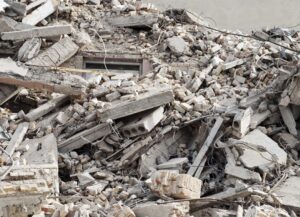
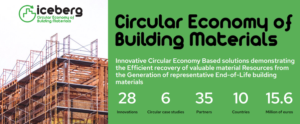 In this context, the ICEBERG European project (http://www.css.icv.csic.es/social-events/259-proyecto-iceberg), in which Sonia’s PhD is included, has focused on demonstrating the technical and economic feasibility of developing a circular ceramic tile that contains at least 30% by weight of classified ceramic waste, to give them a second life. To do this, it aims to first develop a classification technology that improves the separation and quantification efficiency of ceramic waste. And, afterward, adapt a highly efficient micro-grinding process to reduce the particle size and use the material for the manufacture of the new recycled tiles, through the material mechanical activation. Therefore, our research group has recently developed several strategies studied within this doctoral thesis to reach these goals.
In this context, the ICEBERG European project (http://www.css.icv.csic.es/social-events/259-proyecto-iceberg), in which Sonia’s PhD is included, has focused on demonstrating the technical and economic feasibility of developing a circular ceramic tile that contains at least 30% by weight of classified ceramic waste, to give them a second life. To do this, it aims to first develop a classification technology that improves the separation and quantification efficiency of ceramic waste. And, afterward, adapt a highly efficient micro-grinding process to reduce the particle size and use the material for the manufacture of the new recycled tiles, through the material mechanical activation. Therefore, our research group has recently developed several strategies studied within this doctoral thesis to reach these goals.
First, it has developed a classification methodology to revalorize the CDWs though Raman spectroscopy using chemometric approaches. The proposed methodology consists on a feasible, reproducible and non-destructive model for the quantification of homogenized CDW. The use of Raman spectroscopy together with chemometrics based on improved Kernel PLS-DA (kernel partial least squares discriminant analysis) has been demonstrated to be an effective tool to quantify real CDWs in terms of present materials. Another challenge to face when it comes to the reutilization of ceramic waste material is the preconditioning stage that needs to be performed prior to the sintering process. The material needs to be processed following a high efficiency micro-grinding process carefully design and technically feasible to produce tons of this material with the required granulometry. For this purpose, the project has been exploring in both the laboratory scale and industry level the required process, reaching an economic and technological feasible methodology to be followed
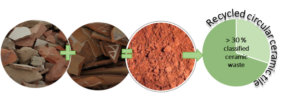
Once, the CDW material is valorised and conditioned for the densification process, this project is systematically studying different approaches for the manufacturing of circular ceramic tiles from CDWs. One of these strategies consists on the densification of recycled ceramic tiles through the mechanical activation of CDWs, assuming even a non-ceramic fraction in the raw material composition. The methodically particle size reduction permits an increase in the specific surface area,which is traduced in an increase of the particles reactions, permitting an efficient sintering process, following only conventional ceramic industry processes. This approach reaches dense pieces (< 2.3 g/cm 3 ) with closed porosity (< 0.5 wt% water absorption) and competitive mechanical properties (< 90 MPa) of flexural strength, which makes possible their use in external floor installations, with frost resistant and mechanical stability properties. Moreover, this approach is being scaled for pre-industrial demonstrator in companies of the european project consortium, planning to manufacture 200 m 2 of circular ceramic tiles based on this method within the next months.
Finally, this project also regards the IoT traceability of the developed new construction materials using luminescent markers. For this purpose, the research group have developed a ceramic luminescent pigment that remains hidden under visible light and it is revealed with UV irradiation. Once the pigment is applied inthe tile surface and it is sintered, it becomes itself into an inherent part of the ceramic piece, being an efficient unalterable marker during the service life of the ceramic tile. This feasible scalable invention has been patent application filed in 2022 with the Spanish Patent and Trademark Office. This material is under systematically study in order to optimize its performance through the control of the luminescent mechanism.For this, a high-resolution correlated structure-micro-nanostructure characterization of the generated materials is being developed, using a combination of conventional and advanced techniques such as XAS using synchrotron irradiation for its characterization.
